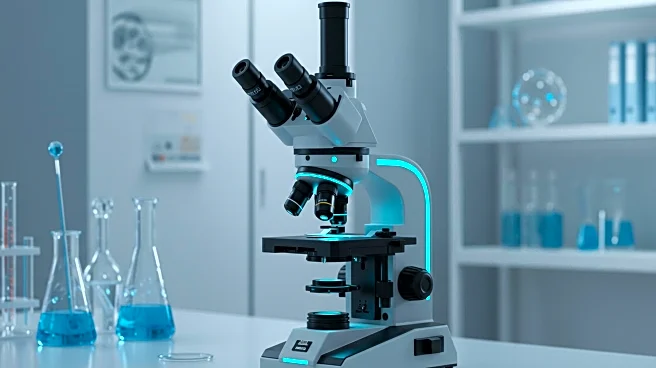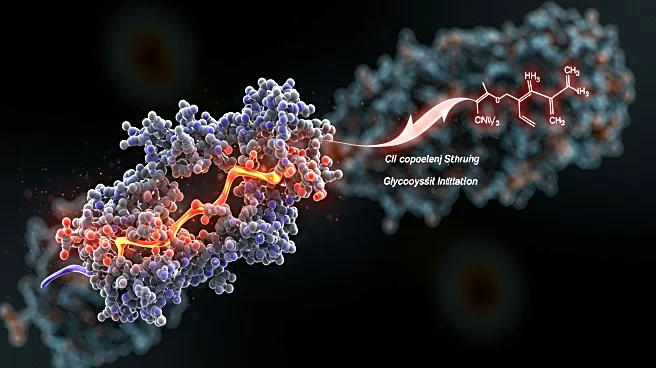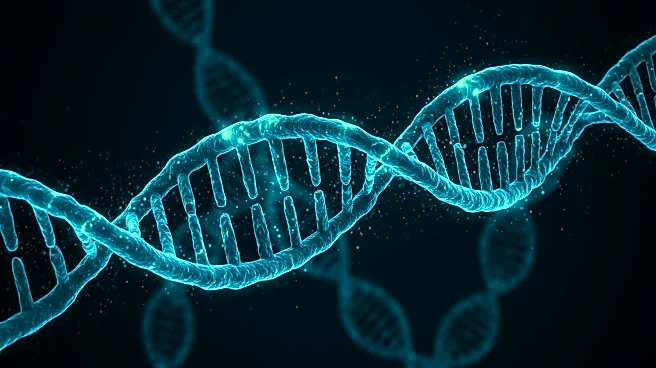Rapid Read • 7 min read
Recent research has highlighted the role of NSUN2 in facilitating the DICER-mediated cleavage of DNA damage-associated R-loops, which is crucial for efficient DNA repair. The study involved various cell lines, including HeLa and HEK 293T, and utilized advanced techniques such as siRNA transfection and proximity ligation assays to explore the interactions between NSUN2 and DICER. The findings suggest that NSUN2 binds to and methylates antisense DNA damage-responsive transcripts, thereby promoting the repair process. This research underscores the importance of NSUN2 in maintaining genomic stability by enhancing the DNA repair pathways.
AD
The discovery of NSUN2's role in DNA repair has significant implications for understanding and potentially treating genetic disorders and cancers. Efficient DNA repair mechanisms are vital for preventing mutations that can lead to cancer. By elucidating the molecular interactions between NSUN2 and DICER, this research could pave the way for new therapeutic strategies targeting these pathways. The study's findings may also contribute to the development of precision medicine approaches, where treatments are tailored based on an individual's genetic makeup and the specific mechanisms involved in their disease.
Future research may focus on further elucidating the molecular mechanisms by which NSUN2 and DICER interact and their potential as therapeutic targets. There is also potential for exploring the role of these proteins in other cellular processes and their implications in various diseases. Additionally, the development of drugs or gene therapies that can modulate the activity of NSUN2 or DICER could be a promising area of investigation.
The study raises ethical considerations regarding the manipulation of genetic repair mechanisms. While enhancing DNA repair could prevent diseases, it also poses risks of unintended genetic alterations. The long-term effects of such interventions need careful evaluation. Furthermore, the research highlights the complexity of cellular processes and the need for a nuanced understanding of genetic regulation.
AD
More Stories You Might Enjoy










